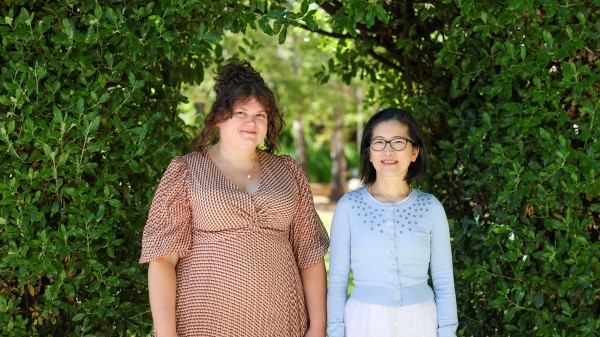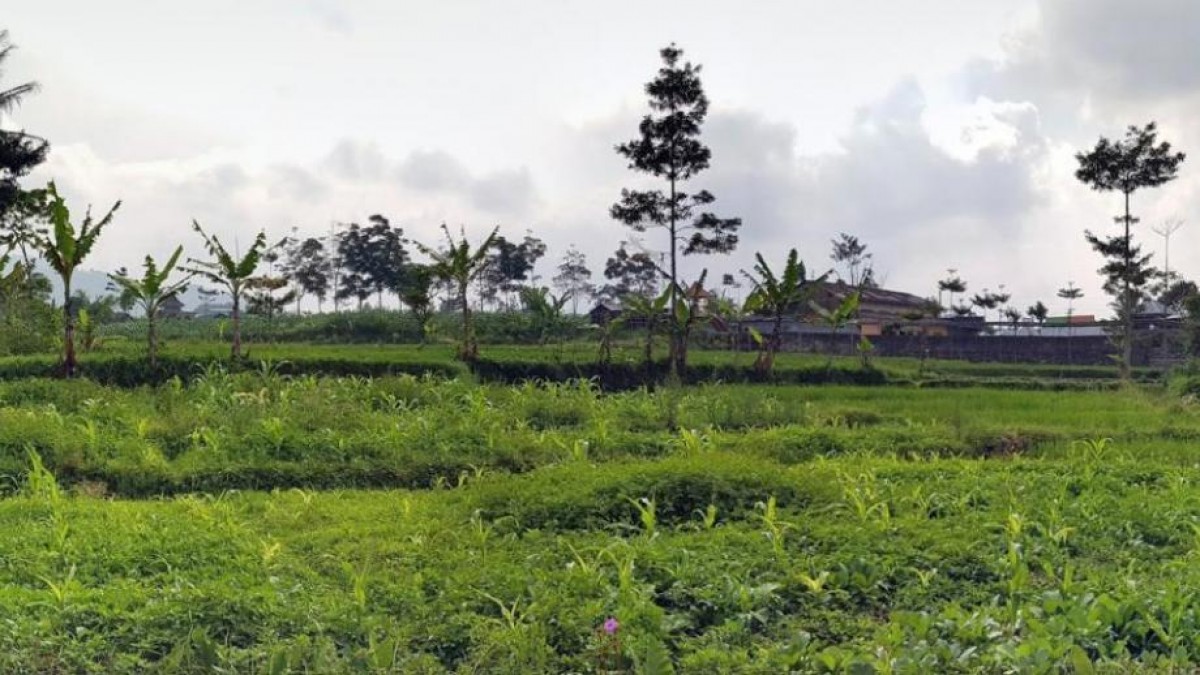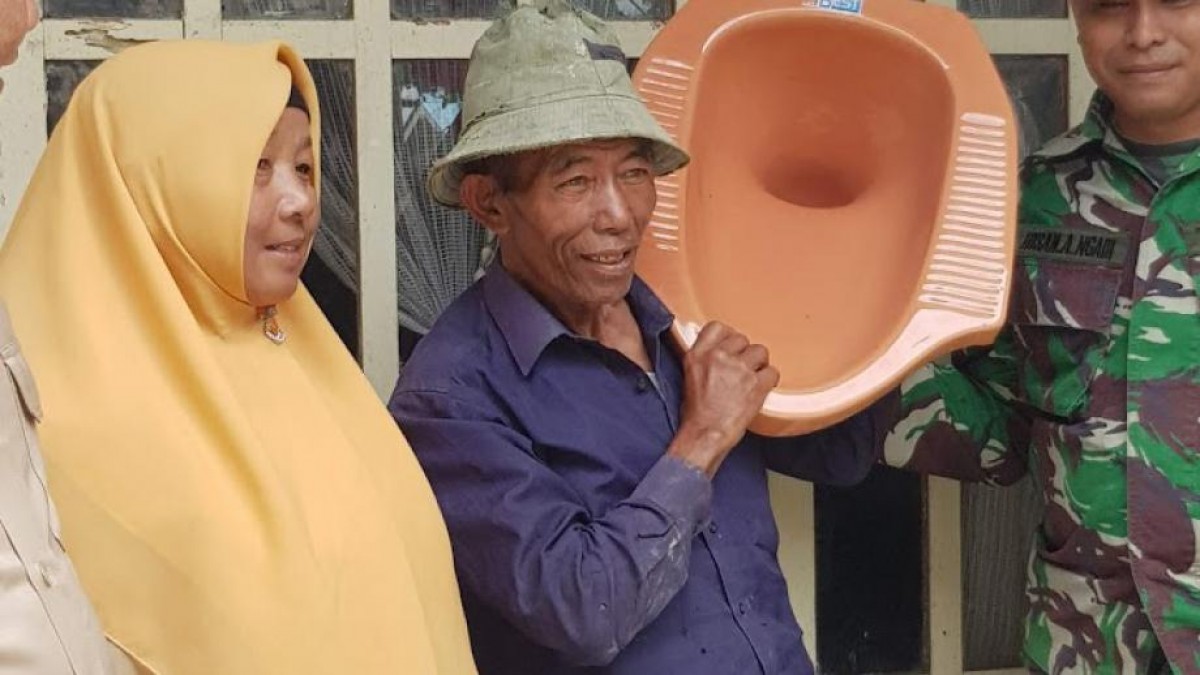ANU researchers are making far-reaching changes to sanitation and health in Indonesian communities, reports Liz Drummond.
It’s past midnight, raining, and you need to go to the toilet. You’ll probably pop down the hall to the bathroom. Easy. However, if you live in one of the many rural towns in Indonesia, you will head outside and do your business in the open. Not only will you get wet, but your faeces will contaminate drinking water and soil used to grow crops, spreading viruses, bacteria and parasites.
Poor sanitation is a major cause of diarrhoea – the second biggest killer of children in developing countries – and causes other debilitating diseases such as cholera and trachoma. But there is also a silent epidemic affecting a staggering 90 per cent of school children in Central Java: intestinal worms.
You might think intestinal worms aren’t a big deal, but they are, and children suffer disproportionally to adults.
“Believe it or not, intestinal worms can hinder a child’s learning potential,” ANU researcher Darren Gray says.
“They don’t properly absorb nutrients from the food they eat, and can even become anaemic as the worms feast on their stomach lining and blood. Their ill health means they miss school, thereby reducing the likelihood they will attend university or make long-lasting impacts on society. This in turn perpetuates a cycle of poverty.”
Only 35 per cent of homes in rural Indonesia have a flushable toilet, and researchers from the ANU Research School of Population Health are determined to change this. ANU Professor Darren Gray and Honorary Professor Donald Stewart AO are leading a team from around Australia and Indonesia including ANU academics Dr Johanna Kurscheid and Dr Matthew Kelly. They are also working with a local NGO, Yayasan Wahana Bakti Sejatera Foundation, which co-ordinates the installation of latrines (“BALatrines”) that are a culturally acceptable toilet designed specifically for Indonesia’s tropical climate and relatively cheap to install.
So far the project has directly installed approximately 1,100 latrines in Semarang and 1,300 toilets in the district of Wonosobo, in Central Java, Indonesia. This means that approximately 8,600 people are experiencing the convenience of a personal toilet and the sanitation benefits it provides for the first time in their lives.
The project has strong community support, a factor contributing to its success.
“A really positive aspect of the project is that we aren’t just some foreigner swooping in and making changes,” Gray says. “We have strong support from local leaders, and the communities have real ownership of the program. Home owners install the toilets themselves, often with help from the army to dig the pit, so they really understand and value them.”
In conjunction with the installation of BALatrines, the researchers initiated a deworming and hygiene campaign to keep the population worm-free. The ANU team and their colleagues trained research assistants, often nurses, to conduct surveys, take samples and identify worms and contaminated water sources.
“The local nurses are really driving this project. Less than a quarter of the population has appropriate handwashing behaviour, so education is vitally important. It is also rewarding to build research capacity in the local communities.”
The impact of the BALatrine on health is being evaluated, with the team currently analysing the data.
It is expected that now toilets are installed, in conjunction with a hygiene and deworming program, the number of people infected with worms will have decreased. They also hope the impact of the project goes beyond improving sanitation in the communities and increases the personal safety for women and children who no longer have to go outside alone to defecate.
“It isn’t rocket science,” Gray says. “But we are aiming to have conclusive evidence that these low-cost, easy to install latrines are effective in reducing the number of people infected with intestinal worms and, in the process, increasing the general level of sanitation. This is exciting because we can use this evidence to make convincing arguments to governments and policymakers to drive change.
“We don’t want this to be an isolated project, we want to build large-scale change. Healthy kids make for a much brighter future.”












